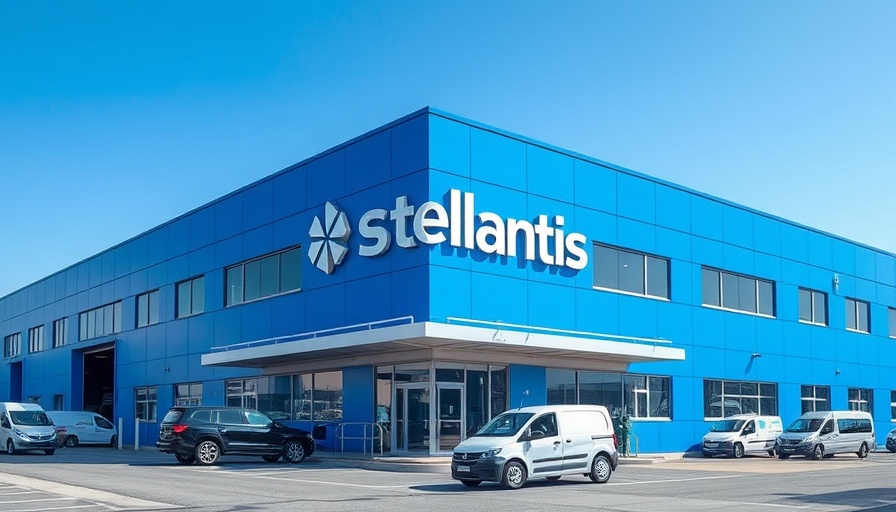
The Shift from Amazon to Google: A Bold Move
In a surprising twist, Stellantis is pivoting away from its collaboration with Amazon and embracing Google’s Android system for its in-car software solutions. Initially announced three years ago, the partnership aimed to create a suite of connected services for vehicles, promising innovative experiences for drivers and passengers alike. However, reports indicate that these ambitious goals have ultimately fallen short, as the partnership is “winding down,” with Amazon staff reassigned internally.
As Stellantis transitions to the new Android-based platform, the company reassures stakeholders that this change will never nullify the value of its ongoing relationship with Amazon, particularly concerning cloud services through Amazon Web Services (AWS). The integration of Alexa for voice commands and personalized services will remain, allowing Stellantis to maintain some technological synergy moving forward.
This shift marks a significant reallocation of strategy as Stellantis aims to fulfill its objective of having 34 million connected vehicles on the road by 2030, generating revenue streams beyond traditional automotive sales.
Understanding the STLA Brain
Central to Stellantis’s new strategy is the STLA Brain, an underlying electrical and software architecture designed to support various digital functions in vehicles. This system provides the technical foundation for Stellantis’s hopes of developing advanced driver-passenger engagement through features such as in-vehicle navigation and e-commerce.
The STLA SmartCockpit, a key component built on top of STLA Brain, aims to deliver applications tailored to customer preferences and behaviors. With Android stepping in, Stellantis could improve user experiences thanks to the mature ecosystem and capabilities offered by Google’s operating system.
Market Ramifications of the Shift
This pivot away from Amazon signals broader trends within the auto industry, reflecting a growing need for automakers to rely on established tech giants like Google in creating seamless integrated experiences for consumers. By adopting a proven platform, Stellantis positions itself not only to enhance its connected car features but also to stay competitive against rivals like Ford and GM, both of which are already leveraging similar relationships with technology companies.
The Broader Picture: Connecting the Dots
Stellantis's experience underscores an important lesson: in a rapidly evolving digital environment, partnerships must yield timely and effective results. Challenges faced with the Amazon alliance highlight the necessity for adaptability in a landscape where technological advancements happen at lightning speed.
As car manufacturers continue to shift towards 'mobility-as-a-service' models, Stellantis's strategic decisions will be closely analyzed by competitors and investors alike. The transition to an Android platform is not just an operational change; it could be a hallmark event in shaping how future vehicles operate. Following this trend will be vital for understanding technological impacts on mobility.
What's Next for Stellantis?
As Stellantis grapples with its new direction, it will be key to monitor the execution of its Android integration strategy as well as its implications for user engagement and satisfaction. Future updates on the STLA SmartCockpit and its features will reveal how effectively Stellantis can harness this new relationship with Android.
Additionally, potential developments in driver assistance technology and other automotive innovations will keep industry experts and consumers alike engaged in this narrative. The transition offers a fascinating case study in how traditional industries adapt to new technological paradigms, promising tech-savvy and personalized customer interactions.
Conclusion: Why This Matters
The ramifications of Stellantis's pivot highlight the importance of adaptable partnerships in the tech landscape underpinning the automotive industry. As cars increasingly become digital devices on wheels, understanding these shifts is crucial for stakeholders across the sector, from manufacturers to consumers. The evolution of Stellantis will serve as a bellwether for the future of in-vehicle tech, emphasizing the need to stay informed on emerging technologies and partnerships in automotive.
 Add Row
Add Row  Add
Add 



Write A Comment